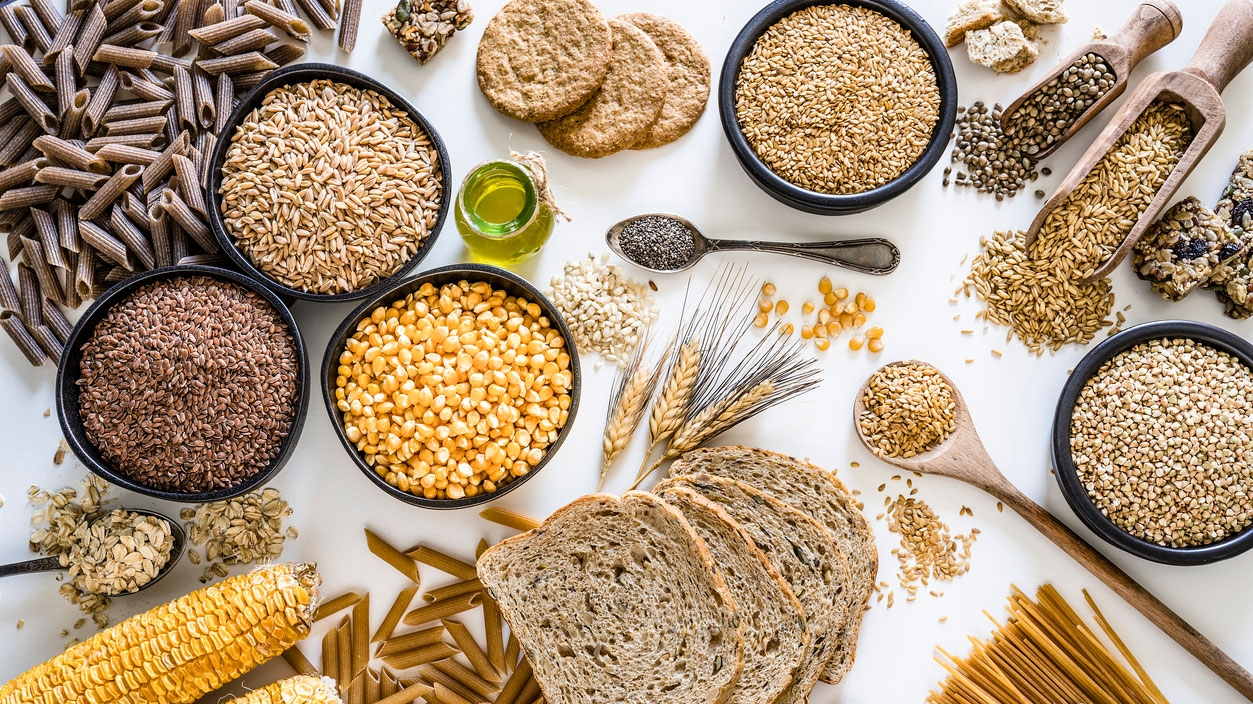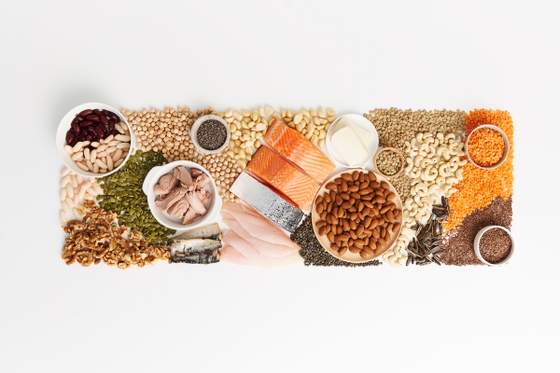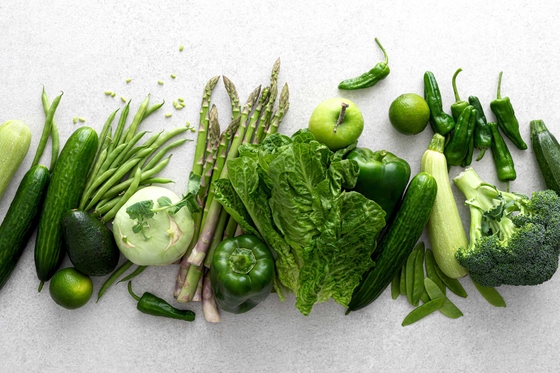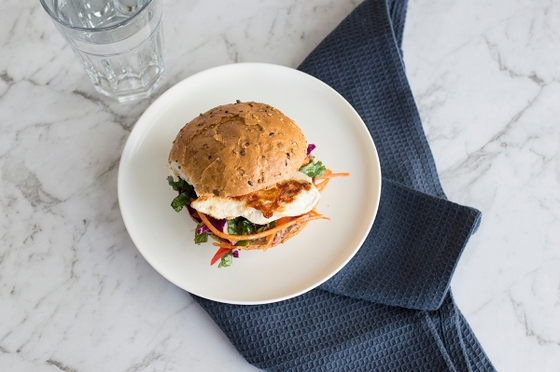
Wholegrains and heart health
Key takeaways
3 min read
- Wholegrains are foods that use the whole grain, like wholegrain bread, brown rice, wholemeal pasta and oats.
- Eating wholegrains can help lower your risk of heart disease.
- The fibre in wholegrains can help reduce and regulate your cholesterol.
- Swapping refined grains for wholegrain foods can improve your heart health.
Choose wholegrains over refined grains
Why are wholegrains important for heart health?
Wholegrain foods are an important source of carbohydrates, fibre and other key nutrients. They include foods like wholegrain bread, wholemeal flour, brown rice, wholemeal pasta, and oats.
Compared to ‘refined’ grains, such as white bread, white pasta, white rice and white flour, wholegrains keep their outer layers, where most of the fibre, vitamins and minerals are found.
The fibre in wholegrain foods can help reduce LDL cholesterol (known as bad cholesterol), which may lower your risk of heart disease. Research shows that choosing wholegrains instead of refined grains can improve heart health.1
As a bonus, the fibre in wholegrains also helps keep you feeling full for longer, which can help with weight management.
How much wholegrain food should you be eating?
Aim to include wholegrains at each meal:
- Fill ¼ of your plate or a closed fist size portion at main meals and include wholegrains snacks.
There are many different wholegrains you can try. Some examples include:

How to eat more wholegrains
Small changes make a big difference. Here are our top tips to help you enjoy more wholegrains every day.
Swap it up
Making simple swaps is a great way to boost your wholegrain intake:
- Choose brown rice instead of white rice
- Pick wholegrain bread over white bread
- Try wholemeal pasta instead of regular pasta
- Use wholemeal flour in place of white flour in baking
Grab a quick wholegrain snack
Snack on wholegrains for longer lasting energy and fibre boost:
- Grab a handful of plain air-popped popcorn
- Enjoy wholegrain crackers with cheese or dips like hummus
- Have a small bowl of wholegrain cereal with milk or yoghurt , topped with your favourite fruit.
Start the day with wholegrains
Breakfast is a great time to add wholegrains, providing lasting energy to fuel your morning:
- Try porridge or wholegrain cereal instead of refined, low fibre, breakfast cereal options
- Choose wholemeal toast topped with avocado, peanut butter, or eggs
Know what to look for when shopping
Not all grain products are wholegrain, so check the ingredients list! Look for:
- Wholegrains listed as one of the first ingredients
- Check the nutrition information panel to find products with the most amount of fibre per 100g
Batch cook and freeze
Save time and effort by cooking extra wholegrains like brown rice and freezing for later use. Remember to follow our food safety guidelines for freezing and defrosting.
Looking for more information on the science behind our recommendations?
We understand there is a lot of nutrition misinformation, and it’s important to find information from credible and trustworthy places. The Heart Foundation’s Heart Healthy Eating Pattern recommendations, and associated resources, are backed by the latest science and made with the unique needs of Australians in mind.
Curious about the evidence that informs our recommendations? Read more about our evidence reviews and position statements.
More healthy eating tools and resources
- We have plenty of resources to help you follow a heart-healthy eating pattern.
- Build your skills and confidence in the kitchen with our tips and tools for planning, shopping, and cooking healthy meals.
- Explore our full range of recipes for delicious, budget-friendly and easy to prepare heart-healthy meals you can make at home.
- Discover our collection of free recipe e-books, from ‘Family recipes on a budget’ to '5 Ingredient Recipes' plus many more.
- Get four weeks of easy-to-follow dinner recipes, shopping lists, tips and other helpful information to make healthy eating easy with our free Heart-Healthy Dinner Plans.
- Looking for more information? Explore our resources on healthy eating and recent articles.
References
- Hu H, Zhao Y, Feng Y, et al. Consumption of whole grains and refined grains and associated risk of cardiovascular disease events and all-cause mortality: a systematic review and dose-response meta-analysis of prospective cohort studies. Am J Clin Nutr. 2023;117(1):149-159. doi:10.1016/j.ajcnut.2022.10.010
You might also be interested in...

Protein and heart health
Healthy proteins can part of a heart-healthy diet. However, each can impact your risk of heart disease differently. Find out more the best food protein sources.

What is plant-based eating
Learn about plant-based eating and its impact on heart health

Chicken and Asian slaw wholegrain roll
4 serves
10 m
5 m
Last updated12 May 2025
Last reviewed12 May 2025